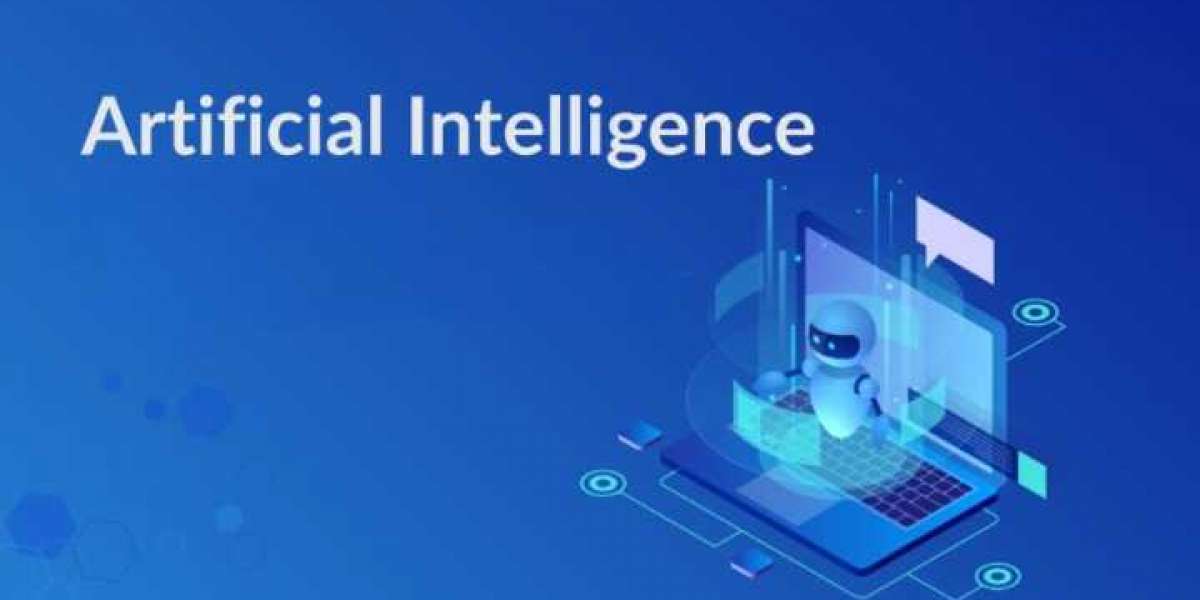Data visualization aims to help recognize patterns, trends, and anomalies in massive data sets. The term is commonly utilized interchangeably with other terms such as information graphics, data visualization, and statistical graphics.
Data visualization is among the stages of the data science procedure. Once data is gathered and then processed and modeled, it must be displayed to conclude. Data visualization is an aspect of the broader Data presentation Architecture (DPA) discipline, which seeks to recognize the source, find the data, alter, format, and distribute data efficiently and feasible. Find out more about Predictive Analytics, ML, Deep Learning, Natural Language Processing(NLP), Sequence Learning, etc. with Artificial Intelligence Course.
Data visualization is essential for nearly every profession. Teachers utilize it to show students results from tests and computer scientists studying advances in Artificial Intelligence (AI) and executives who want to communicate information with their stakeholders. It also plays a crucial role in big data-related projects. When businesses began to accumulate vast quantities of data in the beginning days of the trend toward big data, They needed a method to quickly and efficiently have a complete overview of the data. Visualization tools were a perfect match.
Visualization is essential to advanced analytics, and for the same reasons. Suppose a data scientist creates sophisticated predictive analytics or machine learning (ML) algorithms. In that case, it is essential to visualize the outputs to check the algorithms' performance and ensure that the algorithms are operating precisely as they were intended to. This is because visualizations of complex algorithms are usually more readable than numerical results.
What is the significance of data visualization?
Data visualization is a fast and efficient method of communicating information in a general way through visual communication. This practice also helps companies identify the factors that affect the customer's behavior, pinpoint areas that require improvement or attention, and make data memorable to the people who use it to know the best time and place to put particular products, and forecast sales numbers.
Other benefits of data visualization comprise the following:
- the capacity to process information rapidly increases understanding and make more rapid decisions
- A better understanding of the following steps to be taken to improve the efficiency of the organization;
- an increased capacity to keep the interest of the audience in the information they can comprehend;
- the easy dissemination of information, which increases the possibility of sharing information with all those involved;
- Eliminate the need for data scientists since data is accessible and understandable
- An improved capacity to respond to information rapidly and, consequently, be successful faster and with fewer errors.
Big data and visualization of data
The increasing popularity of big data and projects to analyze data has made visualization more crucial. Businesses increasingly utilize machine learning to collect vast amounts of data, which is often complicated and slow to process, understand and understand. Visualization is a way to accelerate this process and provide data to business owners and other stakeholders in a manner that they can comprehend.
Big data visualization is usually different from typical visualization methods, such as histograms, pie charts, or corporate graphs. Instead, it uses more complicated representations like heat graphs and fever charts. Big data visualization demands robust computer systems to capture the basic information, analyze it, and convert it into visual words that human beings can use to gather conclusions quickly.
Although big data visualization could be beneficial, it may cause several problems for organizations. The following are some of them:
- The visualization expert must be employed to make the most of the big data visualization tools. The expert must determine the most efficient visualization and data sets to ensure that companies optimize their data use.
- Large-scale visualizations of data typically require the involvement of IT and management because visualization of large data demands powerful hardware, effective storage systems, and possibly an upgrade to the cloud.
- The knowledge gained from the visualization of big data can only be just as accurate as of the data that is being displayed. Therefore, it is crucial to have the right people and processes in place to oversee and monitor the quality of the corporate data and metadata and data sources.
Examples of visualization of data
At the beginning of visualization, the most popular method for visualization was using a Microsoft Excel spreadsheet to transform the data into the form of a bar graph, table, or pie chart.
Although these methods of visualization remain popular but more advanced techniques are available today that include:
- Infographics
- bubble clouds
- bullet graphs
- heat maps
- fever charts
- Time chart of series
Other popular methods include the following.
Line charts. This is among the most fundamental and popular methods used. Line charts illustrate how variables change over time.
Area charts. This type of visualization is a variant of the line chart. It shows multiple values within time series or a series of data taken at equal separated times in time.
Scatter plots. This method shows the relation of two different variables. The scatter plot takes the shape of a and a y-axis and uses dots to represent the data points.
Treemaps. This method presents hierarchical information in a unison format. The size of the rectangular shapes utilized in each category is proportional to its proportion to the total. Treemaps are most effective when multiple classes are involved in evaluating different components of a bigger.
Population pyramids. This method uses stacked bar graphs to present the complicated social story of a group. It is an excellent tool for displaying the population's distribution.






